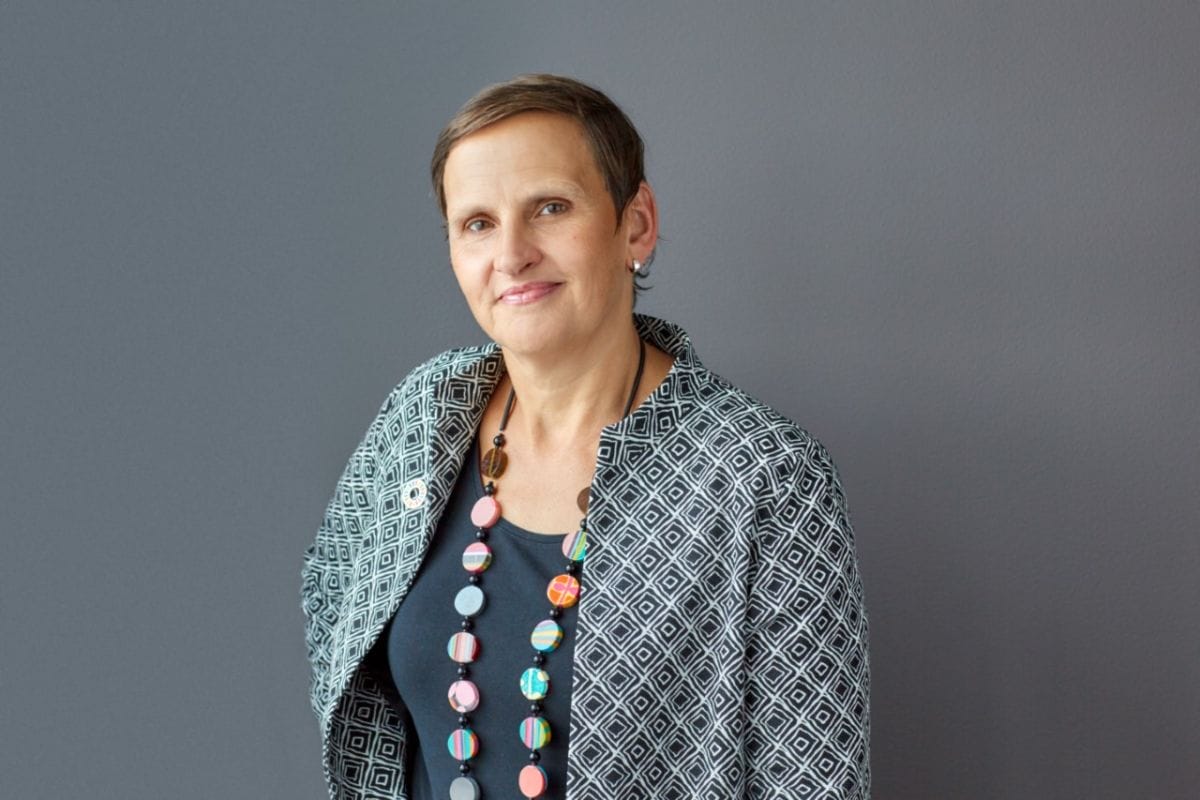The first challenge for anyone connected with the Transition Pathway Initiative (TPI) is to explain what it is. TPI is a simple but powerful open-access tool for asset owners and fund managers to map what the transition to a low-carbon economy looks like for companies in high-emitting sectors. TPI uses publicly disclosed information, collected by FTSE Russell and validated by the Grantham Research Institute at the London School of Economics.
This research enables investors and other stakeholders to make informed judgements about how companies with the biggest impact on climate change are adapting their business models to prepare for a transition to low carbon, supporting efforts to address climate change. The TPI is less than two years old and is already supported by investors representing more than $13 trillion in assets under management, including the likes of Norges Bank Investment Management (NBIM), Legal & General Investment Management, Willis Towers Watson, BNP Paribas Asset Management, AP1, AP3, AP4, and its founders – the Church of England National Investing Bodies and the Environment Agency Pension Fund.
Expanding our ambition
Even fast-growing initiatives do not have it made. My first aim as the new director of TPI is to expand our reach by bringing more investors on board from all corners of the world. Climate change is a global issue and TPI needs to attract more investor supporters globally, particularly from Asia and the US. The need for a more global reach applies to the companies we assess, too.
A particular focus is Asia. Half of the world’s top six emitters are from Asia, and we need investors there to use their influence to improve climate-related financial reporting and, in time, to drive the transition to a low-carbon economy.
My second goal is to broaden and deepen the scope of our research. To date, we’ve paid close attention to carbon-intense sectors such as automobile, paper, steel, cement, and oil and gas. It’s encouraging to see this research paying off, with the likes of Shell recently committing to strong, long-term carbon emissions targets. We are now setting our sights on other high-polluting sectors, such as aviation and aluminium, with plans to tackle chemicals and agriculture further down the line.
TPI also needs to look beyond the biggest corporations. To date, our sector-based research has tended to focus on the largest companies by market capitalisation; however, it is important that we also look at those companies that may be less valuable but just as significant to achieving the Paris Agreement goals. This is important not only in expanding the total amount of global emissions that we assess, but also in helping more investors understand the climate performance of more of the companies in their portfolio.
The challenges ahead
Most things worth doing are not without difficulty.
Getting our hands on meaningful carbon and environmental data, particularly in emerging markets, is perhaps our biggest challenge. We need more investors to use their influence as shareholders and owners to urge better disclosure from companies through platforms like the Carbon Disclosure Project (CDP).Regulation and carbon pricing also have a role to play in encouraging more and higher-quality disclosure on greenhouse-gas emissions.
Finally, we mustn’t ignore those sectors where it is more difficult to assess climate performance. Finance, for example, may have relatively low direct emissions, but it provides the funds behind some of the largest climate culprits. Of course, it’s harder to reliably assess the environmental performance of companies that are one step back from the frontline on climate, but we are determined to do so.
As we move into our next phase of development, our ultimate aim is for the TPI to become the ‘go to’ tool capital markets use globally to assess where they are on the transition to a low-carbon economy. It’s a critical part of the puzzle if we are to meet the goals of the Paris Agreement. I look forward to embracing both the challenges and opportunities ahead.
Nadine Viel Lamare is director of the Transition Pathway
Read more at: www.transitionpathwayinitiative.org


